Jupiter and its four largest moons.
Click on image for full size
Image courtesy NASA
More and more Moons of Jupiter
News story originally written on March 20, 2003
Astronomers have discovered twelve new moons of Jupiter
so far in 2003. Jupiter now has a total of 52 moons that we know of. Jupiter,
the largest planet in our Solar System, has more moons than any other planet.
Astronomers think there may be as many as 100 small moons orbiting Jupiter!
So we may discover many more moons around Jupiter in the future.
For now, the moons all have temporary names. They are called S/2003 J1 through
S/2003 J12. Later the moons will be given "real" names.
All of the new moons are very small. They are between one and four kilometers
in diameter. The moons were discovered using telescopes on the top of a volcano
called Mauna Kea in Hawaii.
You might also be interested in:
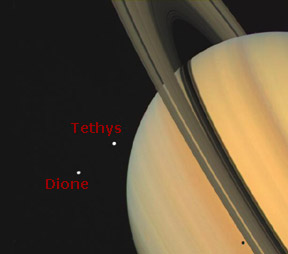
Astronomers have recently discovered nine new moons. The astronomers found eight new moons of Jupiter and one new moon of Saturn. We now know of 60 moons orbiting Jupiter and 31 orbiting Saturn. The new
...more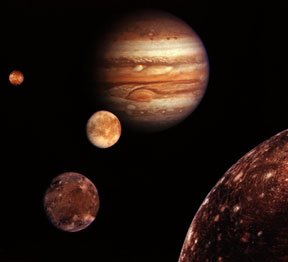
Astronomers have discovered twelve new moons of Jupiter so far in 2003. Jupiter now has a total of 52 moons that we know of. Jupiter, the largest planet in our Solar System, has more moons than any other
...more
On August 27, 2003, Earth and Mars will be closer together than they have been in thousands of years. Mars will pass within 55,758,006 kilometers (34,646,418 miles) from Earth. Astronomers have calculated
...more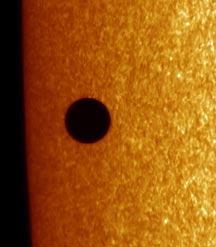
The planet Mercury appeared to cross in front of the Sun on May 7, 2003. Astronomers call the event a transit. A transit is like a solar eclipse. However, a transit occurs when a planet, instead of Earth's
...more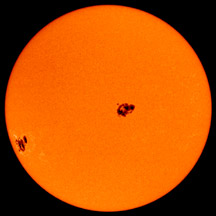
Two very large groups of sunspots have appeared on the Sun. Each of the groups is about as big as the planet Jupiter, which is the largest planet in our Solar System! Sunspots are places on the Sun where
...more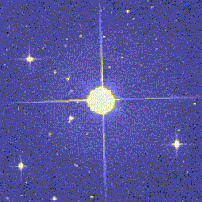
Astronomers have identified another exoplanet, that is, a planet outside our solar system. This makes a total of 102 exoplanets that have so far been found by astronomers! The astronomers that identified
...more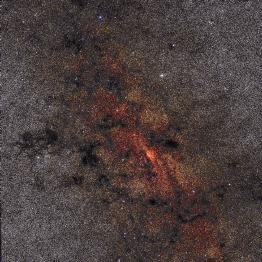
Thanks to a couple of telescopes, everyone on the internet can browse through almost 2 million images. Stars throughout the sky were photographed by the Two-Micron All Sky Survey (2MASS) and are now available
...more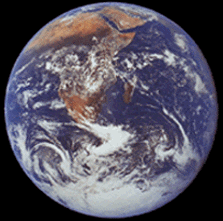
Earth may look perfectly spherical from space, like a giant marble, but it actually isn't! Instead, our planet is wider around the equator because matter is forced out as Earth spins (just as you feel
...more














